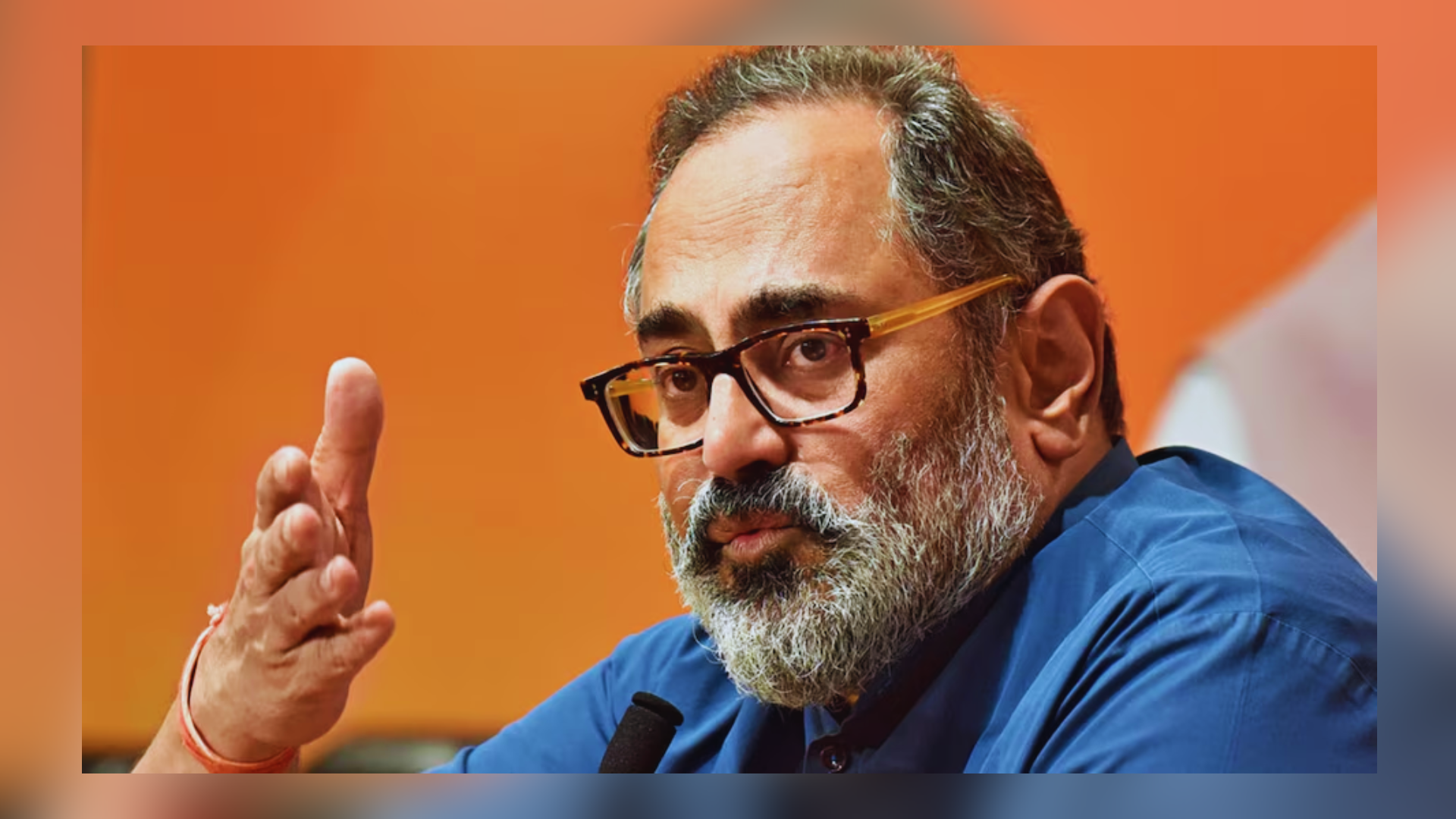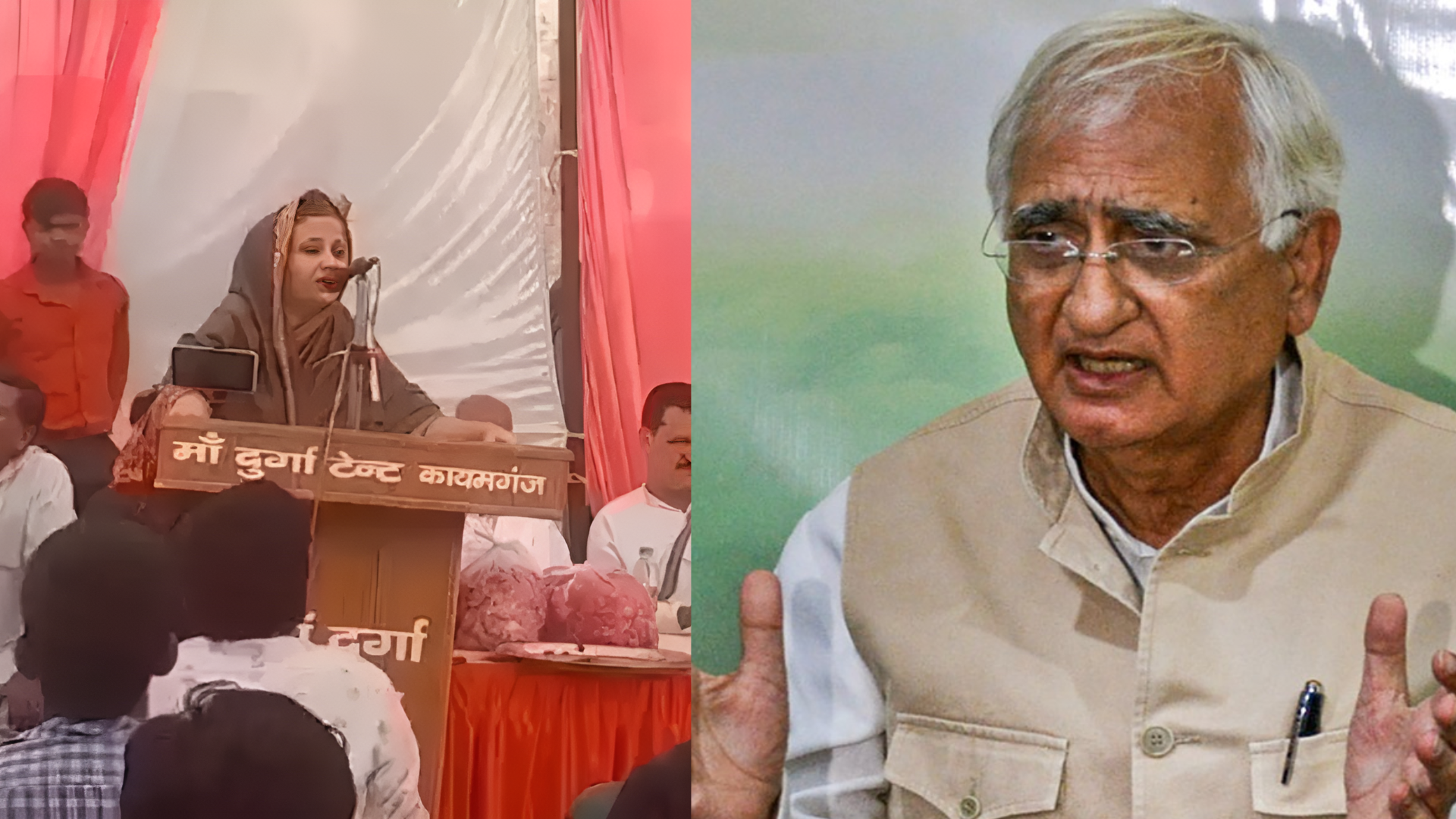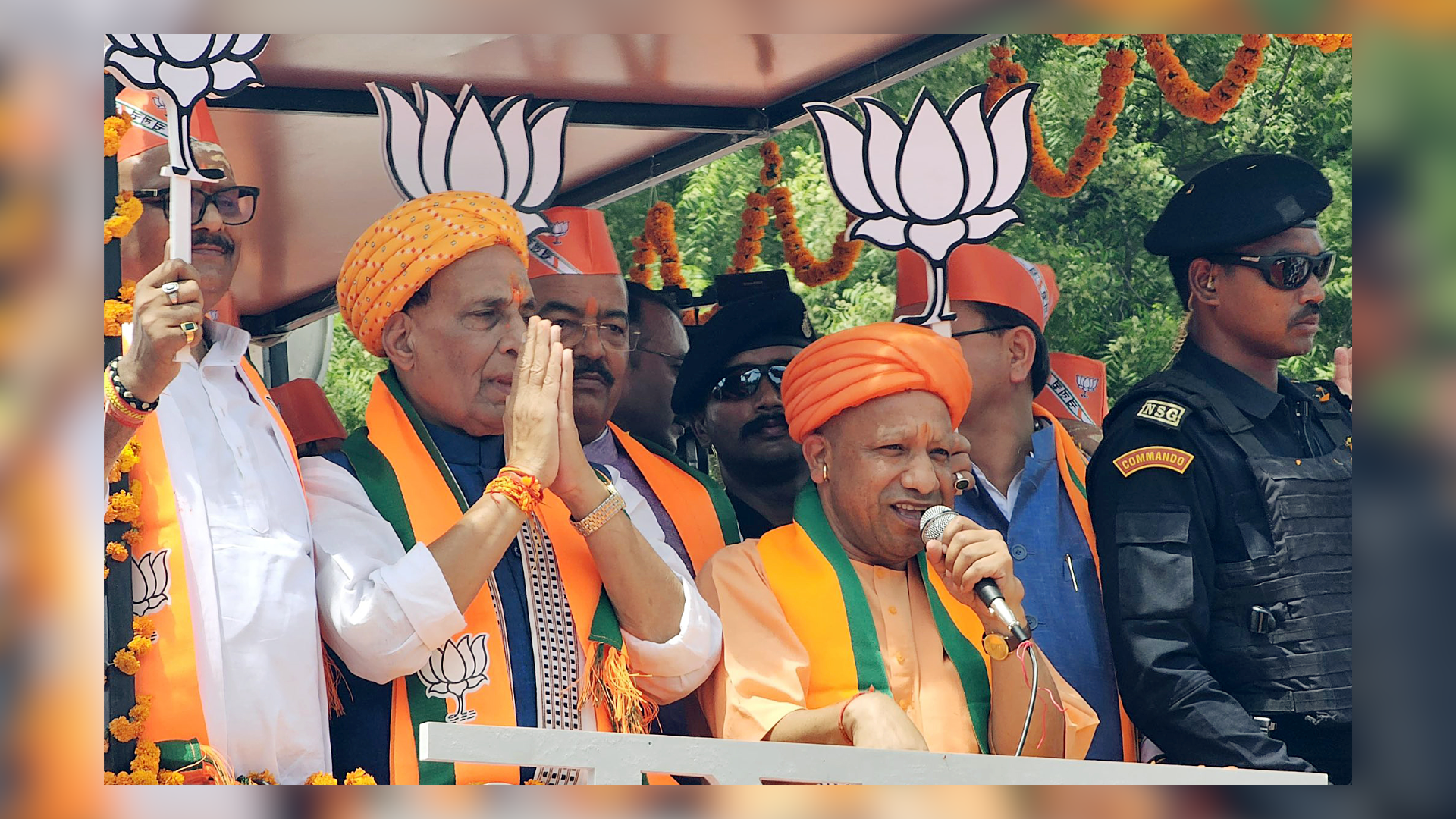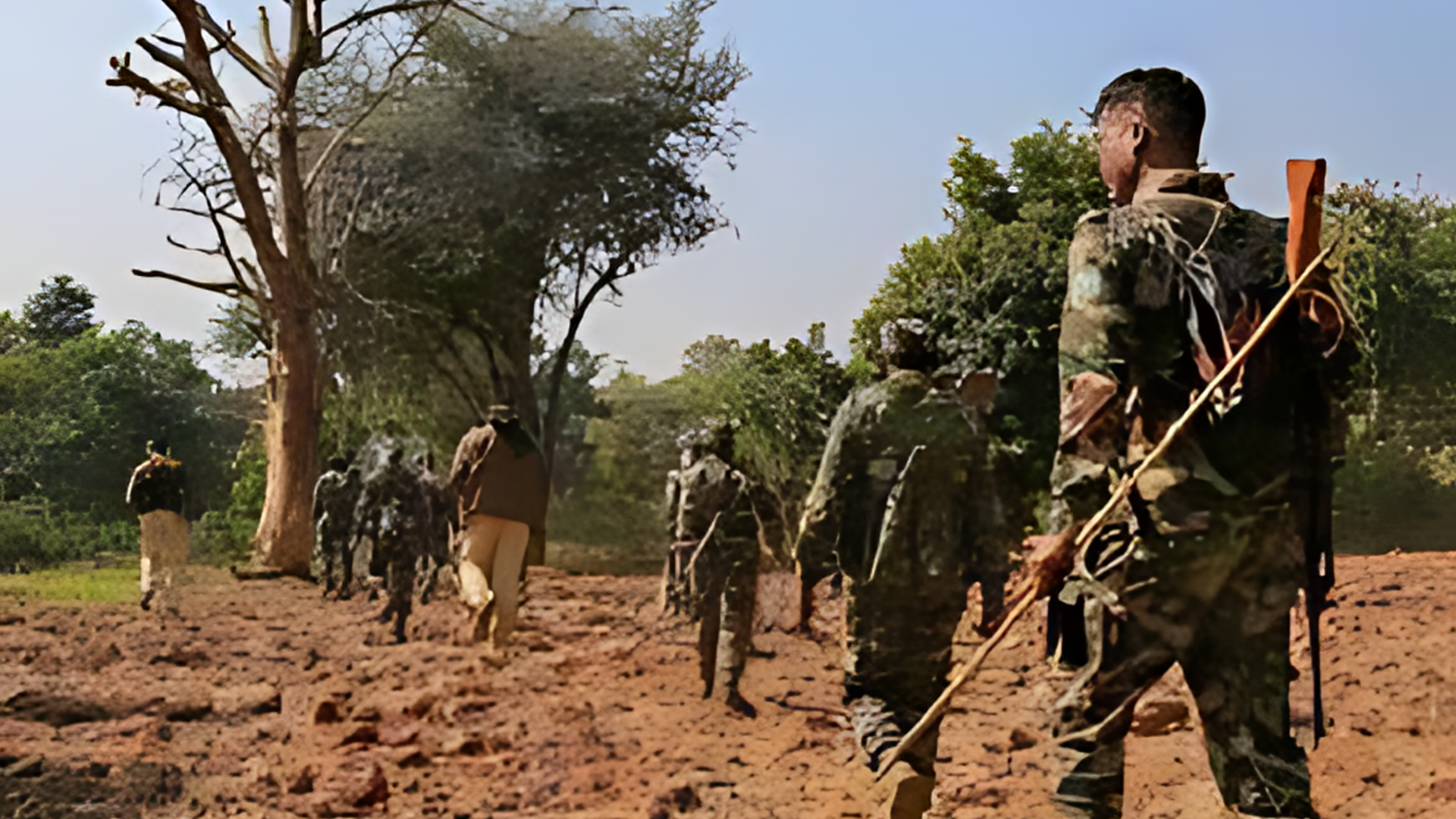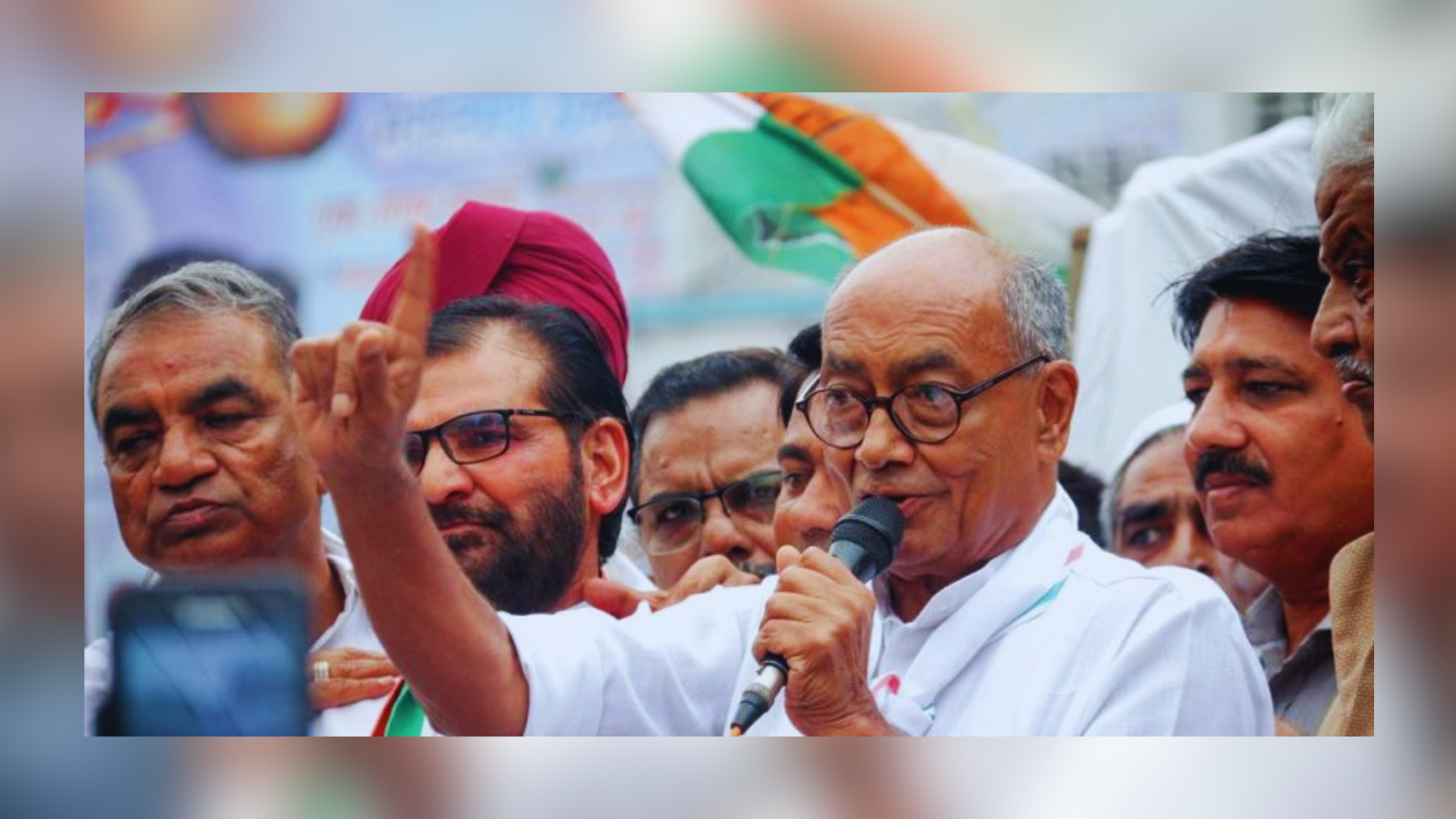




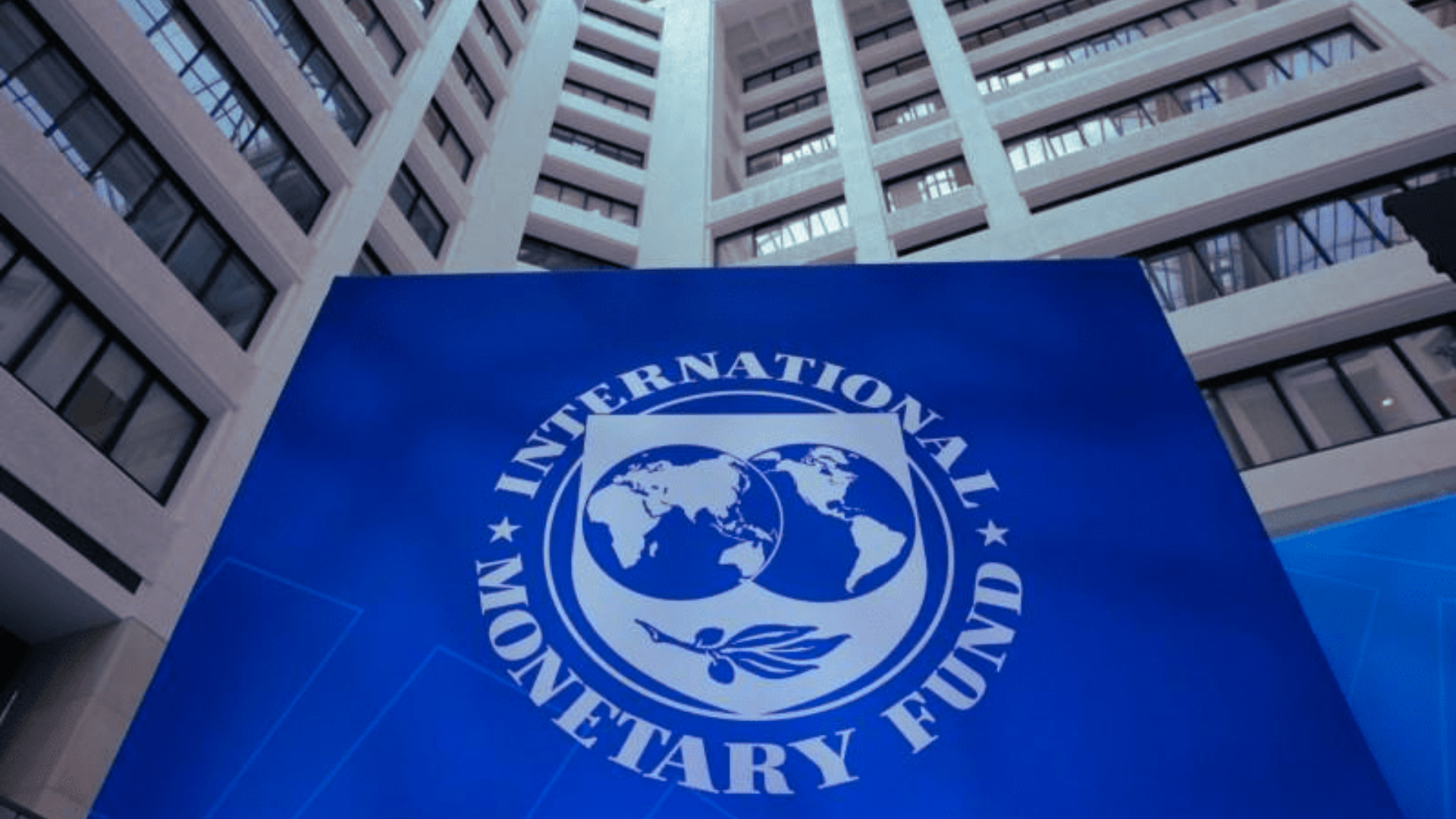

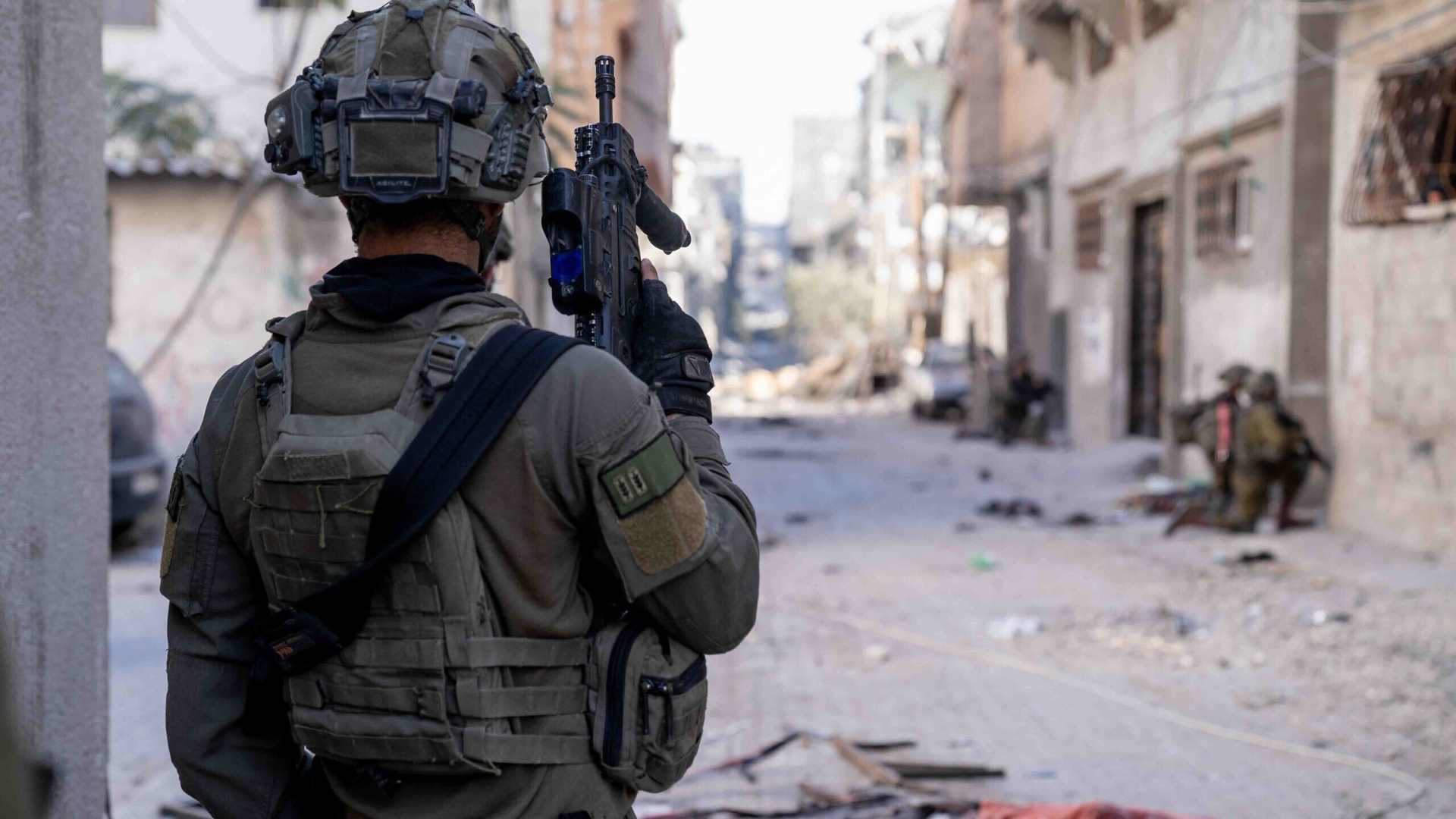
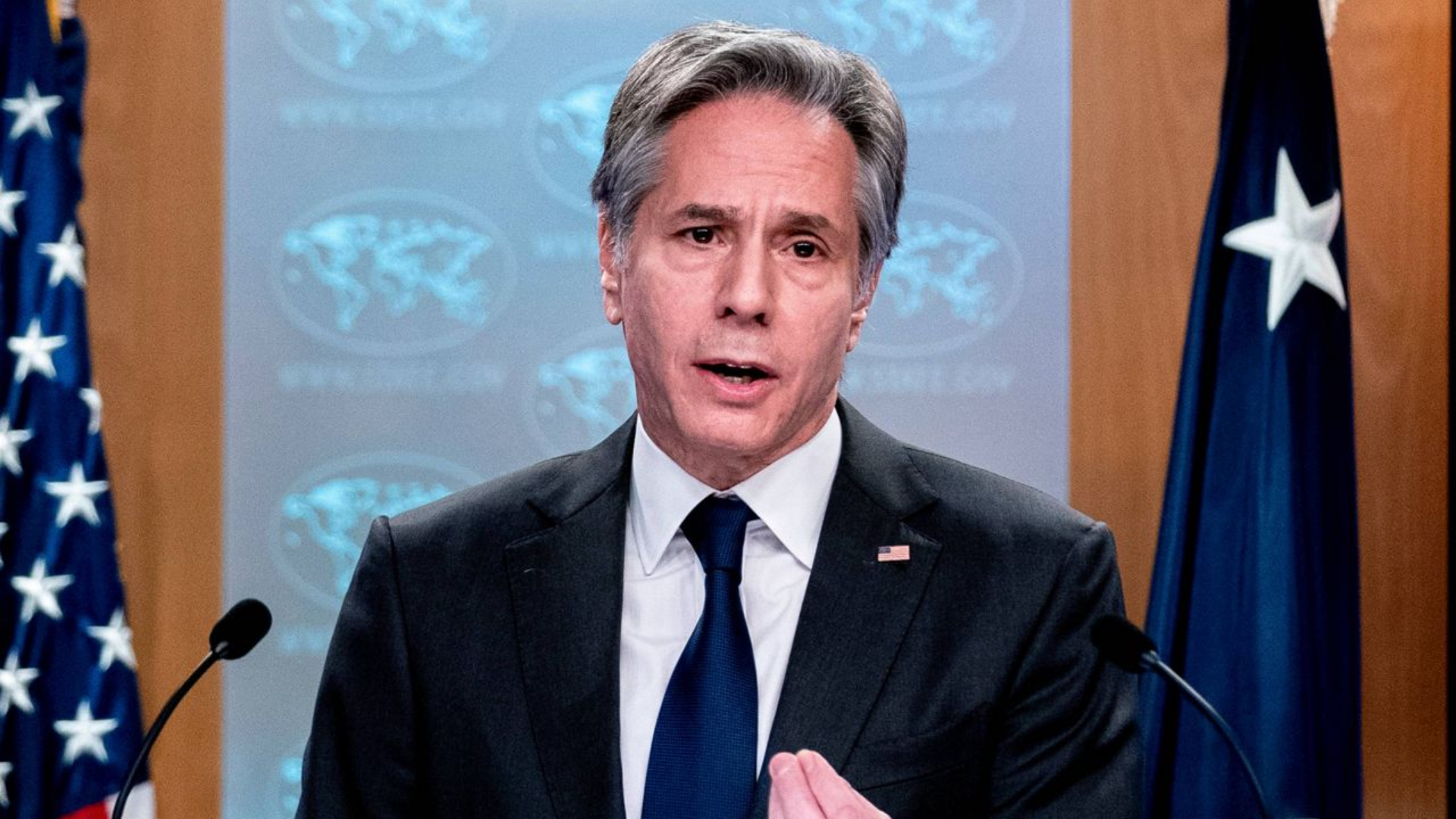

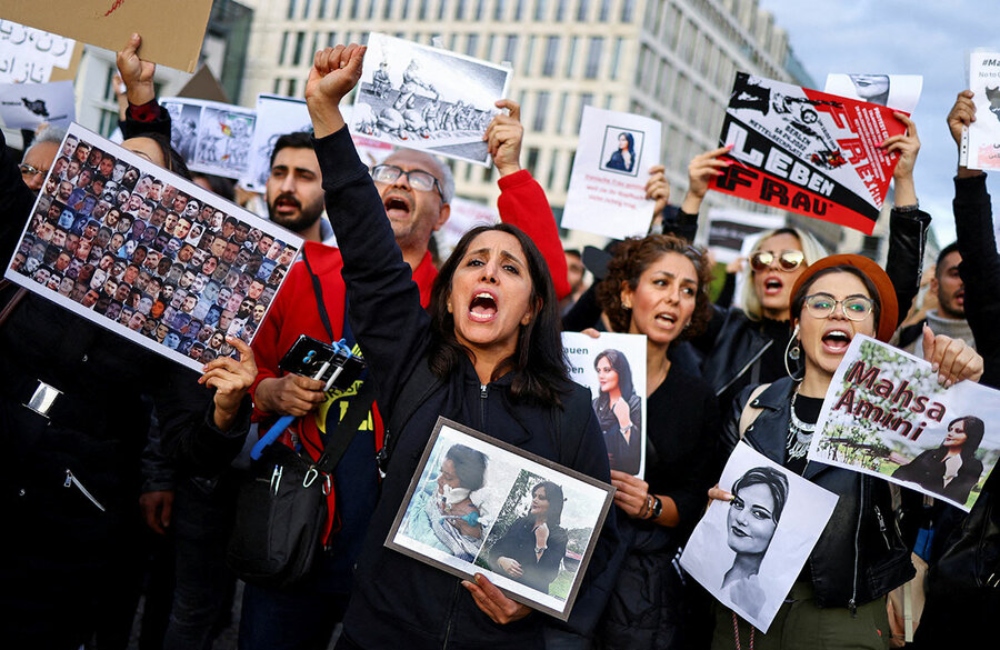
According to reports in the nation’s local media on Sunday, Iran has decided to dismantle its morality police, ending more than two months of demonstrations that were prompted by Mahsa Amini’s imprisonment for allegedly defying the country’s stringent female clothing code.
Widespread demonstrations spearheaded by women have swept Iran since the death of a 22-year-old Iranian lady of Kurdish descent on September 16, three days after her detention by Tehran’s morality police. These protests have been referred to as “riots” by the authorities.”
Morality police have nothing to do with the judiciary, according to Attorney General Mohammad Jafar Montazeri, who was quoted by the news agency “and were eliminated.
The article claims that he said this in response to a participant who asked “why the morality police were being shut down” while speaking at a religious conference.
WHO ARE THE MORALITY POLICE IN IRAN?
During the hardline Mahmoud Ahmadinejad’s administration, the morality police, officially called the Gasht-e Ershad or “Guidance Patrol,” were founded with the goal of “promoting the culture of modesty and hijab,” which is the mandatory head covering for women.
The troops first began patrolling in 2006.
If your sleeves are up if your body is showing too much, if your jeans are damaged, or if your attire is excessively tight. You’ll be sent to a correctional facility… According to Assal Rad, research director of the National Iranian American Council, “until someone arrives and provides you the [proper garments].”
According to the research, dress commonly stays in the spotlight since it might be the problem that is the most evident to the authorities. However, they also have the authority to detain and jail persons for engaging in alcohol consumption or attending mixed-gender gatherings of strangers.
Amini had been punished for showing a portion of her hair at the time of her death, which contributed to the strong emotional reaction to her departure. The fact that millions of Iranian women wear this hijab loosely makes it possible for anybody to have done it, “She spoke. It’s the possibility that anyone may have been involved.” Rad claims that “this has almost entirely become the norm.”
The morality police believe they are in charge of “upholding good and banning bad,” according to experts.” That is incredibly susceptible to many readings and interpretations. They also mention that they tend to be stricter than usual during election season, the summer, and numerous religious holidays.
The morality police did not formally establish a separate unit until after the Iran-Iraq conflict in the 1990s, claims Roxane Farmanfarmaian, a professor of Middle Eastern and North African politics at the University of Cambridge.
On the other side, women have experienced harassment in public settings ever since the start of the revolution due to the wardrobe choices they choose. Iran has had legislation requiring women to cover their heads since 1979. According to analysts, Iran’s efforts to implement these laws grew much more organised when Mahmoud Ahmadinejad took office as president in the middle of the 2000s.
Their severity is also impacted by the political climate generally and by how oppressive the ruling regime is. An article by a media outlet stated that, in Rad’s opinion, “the Raisi government has come in with a hardline attitude; Iran is already a country that has really severe social and political limits, and… this administration intends to push it farther.”
The Mahsa Amini Case:
A dispute between a policewoman and a woman identified as Mahsa Amini ended with the lady falling into the police station, according to brief surveillance footage that was earlier aired on state television. According to Amjad Amini, the victim’s father, “the footage has been edited,” therefore he does not “believe what (the police) presented him.”
Amini had a heart attack in the detention facility while learning about hijab regulations, according to a statement released by Iran’s security services. Her family, however, refuted this assertion, stating that she was in excellent health at the time of her detention.
The victim’s father added: “I think Mahsa was taken to the hospital late.” He also criticised the emergency services for their “poor reaction.” The emergency services had reportedly responded “quickly” at the location, according to information that Interior Minister Ahmad Vahidi claimed he had received on Saturday. Mahsa evidently had health issues in the past, and according to sources, she had brain surgery when she was just five years old, Vahidi stated.
But according to sources, her father “insists that his daughter had no history of sickness and was in great condition.”
How did the Morality Police end up being Abolished?
A day after Montazeri said that “both parliament and the judiciary are working (on the subject),” it was announced that they will be removed “whether it is necessary to amend the rule requiring women to cover their heads.
The Iranian president, Ebrahim Raisi, said in broadcast remarks on Saturday that although the republican and Islamic underpinnings of Iran’s government are spelled out in the constitution, “there are means of executing the constitution that might be flexible.”
Over time, fashion trends changed, most notably under the administration of the once moderate Hassan Rouhani, when it was typical to see women donning tight jeans and loosely fitting, colourful headscarves.
But his successor, the fervently conservative Raisi, demanded that “all state institutions be mobilised to implement the headscarf rule.” “this year in July.
Raisi claimed at the time that “by promoting corruption, the enemies of Iran and Islam have targeted the cultural and religious values of society.” Despite this, many women continued to flout the regulations, especially in large cities and towns, by wearing tight-fitting clothing or letting their headscarves drop onto their shoulders.
Regular Uproar
Such events have occurred throughout Iran over the years, and some of them have even been documented. According to a May 2018 report, since December 2017, more than 35 female demonstrators had been detained in Tehran’s capital city alone. According to the authorities, women who participate in anti-hijab demonstrations risk up to 10 years in prison.
Because of her slack headscarf, a woman in Tehran was seized and smacked by a female morality police officer in April 2018, according to a media outlet report. Although not unusual, the incident was caught on camera and posted on Masih Alinejad’s Instagram. More than 3 million people saw it, and more than 30,000 people commented on it. Global outrage was aroused by the tragedy. The brutality was also denounced by Masoumeh Ebtekar, Iran’s vice president for women’s issues. She tweeted, “How can this treatment be justified.”

